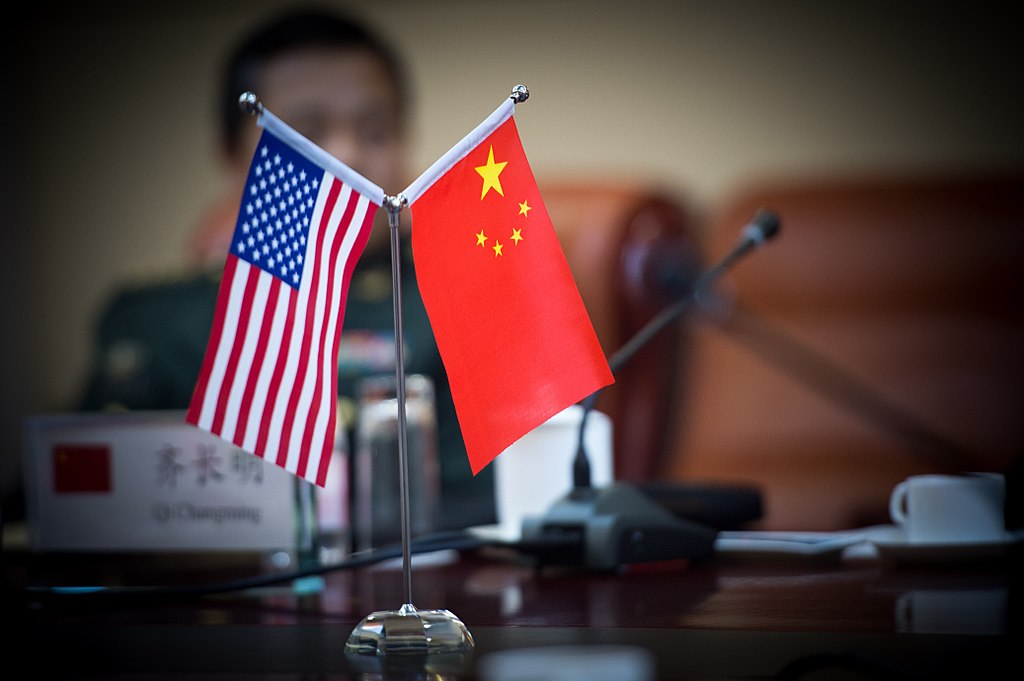China has announced new visa restrictions on select U.S. personnel over their actions concerning Tibet, intensifying diplomatic tensions between the two countries. The decision, revealed during a regular press briefing by the Chinese Foreign Ministry on Monday, comes in direct response to recent U.S. visa restrictions targeting Chinese officials accused of limiting foreign access to Tibetan regions.
The United States had previously criticized Beijing for barring U.S. diplomats, journalists, and international observers from traveling freely in Tibet. Washington called for “unrestricted access” to the region, condemning China’s lack of transparency and human rights practices. In turn, Chinese Foreign Ministry spokesperson Lin Jian reiterated that Tibet-related matters are an internal affair and accused the U.S. of "abusing visa restrictions" in a way that "seriously violates international law."
Lin emphasized that Tibet remains open to foreign visitors under specific conditions, including group travel and pre-approved permits. Diplomats and journalists must still receive local government authorization. “China welcomes friendly people from other countries to visit, travel, and do business in Tibet,” Lin said, while stressing opposition to foreign interference on grounds of human rights, religion, or culture.
Tibet has long been a contentious issue in U.S.-China relations. China took control of Tibet in 1950, referring to it as a “peaceful liberation.” However, human rights groups and Tibetan exiles often describe China’s governance as repressive, citing religious restrictions and cultural assimilation policies.
The tit-for-tat visa actions reflect ongoing geopolitical friction between Washington and Beijing, with Tibet remaining a flashpoint in broader debates over sovereignty, human rights, and international access. The latest moves are likely to deepen tensions as both nations continue to assert competing narratives over Tibet’s status and treatment.



 New Orleans Immigration Crackdown Sparks Fear as Federal Arrests Intensify
New Orleans Immigration Crackdown Sparks Fear as Federal Arrests Intensify  Trump Administration Plans Major Rollback of Biden-Era Fuel Economy Standards
Trump Administration Plans Major Rollback of Biden-Era Fuel Economy Standards  IMF Deputy Dan Katz Visits China as Key Economic Review Nears
IMF Deputy Dan Katz Visits China as Key Economic Review Nears  USPS Expands Electric Vehicle Fleet as Nationwide Transition Accelerates
USPS Expands Electric Vehicle Fleet as Nationwide Transition Accelerates  Minneapolis Leaders Push Back as Trump Escalates Rhetoric Against Somali Community
Minneapolis Leaders Push Back as Trump Escalates Rhetoric Against Somali Community  U.S. Defense Chief Pete Hegseth Defends Controversial Second Strike on Suspected Drug-Smuggling Vessel
U.S. Defense Chief Pete Hegseth Defends Controversial Second Strike on Suspected Drug-Smuggling Vessel  Pentagon Probe Finds Hegseth’s Use of Signal Risked Exposing Sensitive Yemen Strike Details
Pentagon Probe Finds Hegseth’s Use of Signal Risked Exposing Sensitive Yemen Strike Details  Japan Approves $117 Billion Budget to Power Stimulus and Support Growth
Japan Approves $117 Billion Budget to Power Stimulus and Support Growth  Taiwan Signals Openness to Renew Ties with Honduras as Election Unfolds
Taiwan Signals Openness to Renew Ties with Honduras as Election Unfolds  Flights Briefly Grounded at Philadelphia International Airport After Bomb Threat Resolved
Flights Briefly Grounded at Philadelphia International Airport After Bomb Threat Resolved  U.S. to Reduce Import Duties on South Korean Autos Under New Trade Agreement
U.S. to Reduce Import Duties on South Korean Autos Under New Trade Agreement  Taiwan Opposition Criticizes Plan to Block Chinese App Rednote Over Security Concerns
Taiwan Opposition Criticizes Plan to Block Chinese App Rednote Over Security Concerns  Trump Administration Halts Immigration, Green Card, and Citizenship Processing for 19 Countries
Trump Administration Halts Immigration, Green Card, and Citizenship Processing for 19 Countries  U.S. Halts Visa Processing for Afghan Nationals Amid Security Concerns
U.S. Halts Visa Processing for Afghan Nationals Amid Security Concerns  Israel Receives Body of Deceased Hostage as Rafah Crossing Reopening Hinges on Final Returns
Israel Receives Body of Deceased Hostage as Rafah Crossing Reopening Hinges on Final Returns  FDA Memo Raises Questions About Possible COVID-19 Vaccine Links to Rare Child Deaths
FDA Memo Raises Questions About Possible COVID-19 Vaccine Links to Rare Child Deaths 































